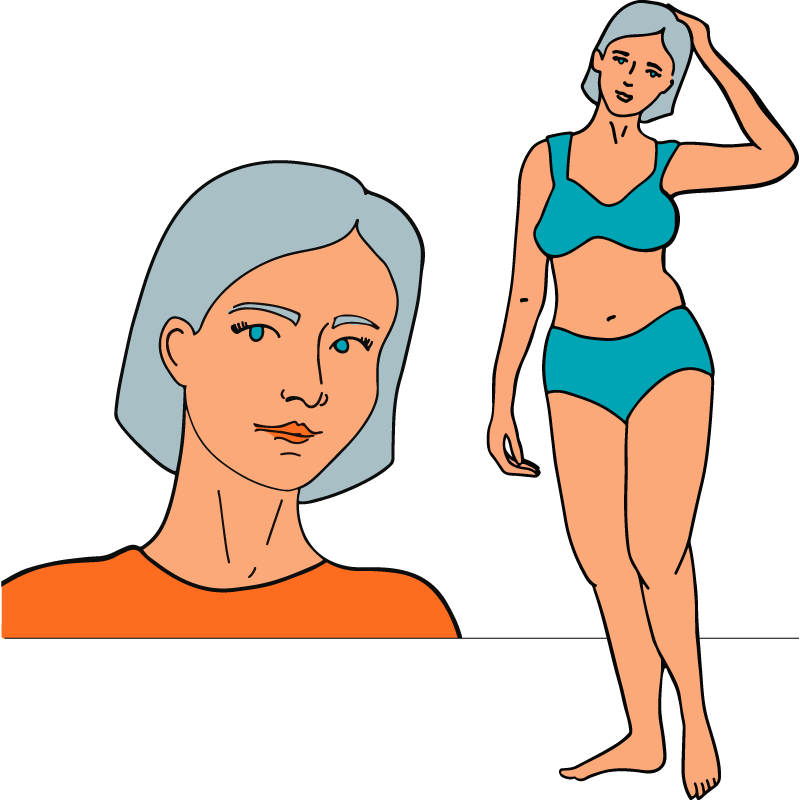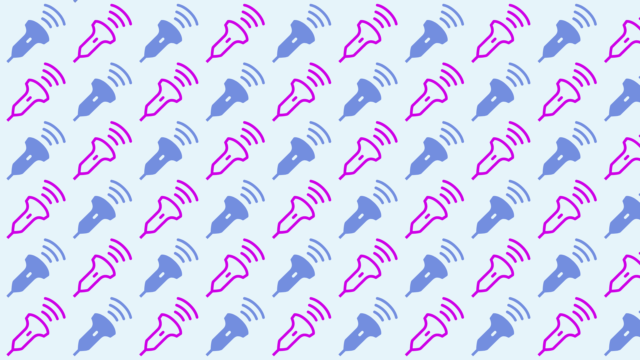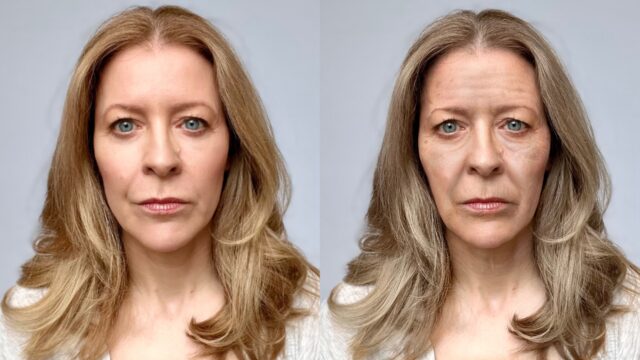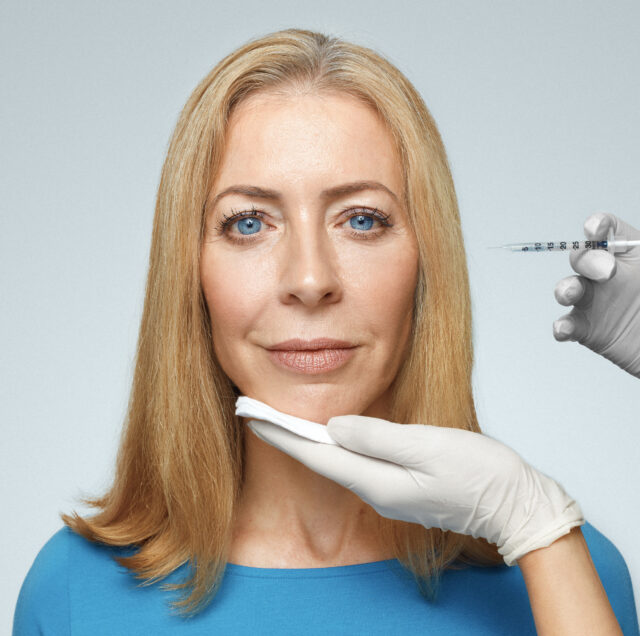What are the lines around my mouth?
Nose to mouth lines, also known as nasolabial folds or smile lines, are the creases that run from the corner of your nose to the top corner of your mouth. They are a normal anatomical feature – even children have them – but as we age they can appear more prominent with deeper folds developing that can make the face appear downtrodden or sad.
What causes nose to mouth lines?
As we age we lose collagen and elastin in our skin and the supporting structures in our face, such as fat pads in the cheeks, begin to descend. This causes the lines from our nose to mouth to become deeper and more noticeable. As with all signs of ageing, nasolabial folds can be made worse by lifestyle factors such as smoking, rapid weight loss and sun exposure/damage too which cause wrinkling and changes in skin texture and further degrade levels of hyaluronic acid and collagen in our skin, which are responsible for its plumpness and fullness. Facial expressions can also contribute to deepening of lines and folds, known as dynamic wrinkles, hence the other name for nasolabial folds – smile lines.
How to get rid of nasolabial folds while sleeping?
You may notice that you have deeper nasolabial folds on one side of the face, particularly if that is the side you sleep on. This is because the facial tissue on that side of the face is being squashed repeatedly while you sleep. Anecdotally there are claims that things like face yoga or special pillows can help to improve the appearance of nasolabial folds while you sleep.
How to reduce smile lines
The main treatment used to address smile lines is dermal fillers. In the past these were injected directly into the fold to smooth it out but this often resulted in an unnatural appearance, sometimes compared to the look of characters in Planet of the Apes. In recent years techniques have evolved and a more common method now is to lift out the nasolabial folds by replacing the lost structure in the mid face – in general the cheek area. In replacing lost volume here the sagging skin that has made the fold look deeper is lifted back into place thereby minimising the appearance of the fold. In general it does not look natural to have nasolabial folds completely obliterated as they are a natural anatomical feature that even children have.
Regenerative treatments which stimulate the body to rebuild its own collagen and replenish hyaluronic acid levels are also gaining popularity. One notable one is Profhilo, an injectable hyaluronic acid treatment that is not a filler, rather a “bio-remodelling product”. PRP (platelet rich plasma) can also stimulate facial regeneration.
Collagen stimulating treatments can also rejuvenate the appearance of nose to mouth lines by regenerating lost collagen at a deeper level. These include a number of options from microneedling to high-intensity focused ultrasound — like Ultherapy. Laser resurfacing can also be effective in improving the surface layers of the skin where creases and wrinkles have formed and the texture of the skin is poor.
Can skincare cure nose to mouth lines?
Skincare can improve the appearance of the skin texture and in some cases work at deeper levels to boost hyaluronic acid and collagen levels in the skin. This in turn can make the skin plumper and less wrinkled, which would then impact the appearance of nasolabial folds. But there is no magic cream that can get rid of deep folds and wrinkles. These are caused by a loss of the underlying structure and so the most effective treatment is to replace that lost volume. Looking after your skin and protecting it in the sun is a first line defence and a good skincare regime incorporating active products can soften the appearance of facial wrinkles. If you don’t want to have fillers then less invasive skin treatments in clinics such chemical peels can also help the skin to regenerate at a deeper level as well as improving its texture and appearance.
How can I prevent nose to mouth lines?
Your number one line of defence against premature ageing of any kind is always sun protection. Sun damage is the leading cause of skin ageing so using an SPF year round, rain or shine, can protect your skin from damage. Smoking is also a contributing factor to prominent folds and wrinkles on the face as well as a sallow complexion. Some people claim that facial exercises, such as face yoga, and massage can help reduce lines around the nose and mouth.
Is nose to mouth lines caused by ageing?
Nose to mouth lines are made worse by ageing but we all have them, even from a very young age. Except for new born babies, all humans have nasolabial folds. They tend to become deeper and more prominent with age as the face sags and the skin quality and underlying support structures degrade.
How can I treat nose to mouth lines?
By far the most popular treatment for nose to mouth lines is dermal fillers. These can replace the lost volume in the face that causes the folds to become more deep set and visible. Most dermal fillers used in the UK today are made from hyaluronic acid and are non-permanent. Depending on the product and how quickly your body breaks down hyaluronic acid they can yield results from six to up to 24 months.
Are nasolabial folds unattractive?
Many people are bothered by nasolabial folds as they age because they can make the face look tired or sad. We all have them so they are a natural part of our appearance. However if yours have become something that bothers you, there are treatments available to improve their appearance and soften them.







 The Tweakments Chatbot
The Tweakments Chatbot